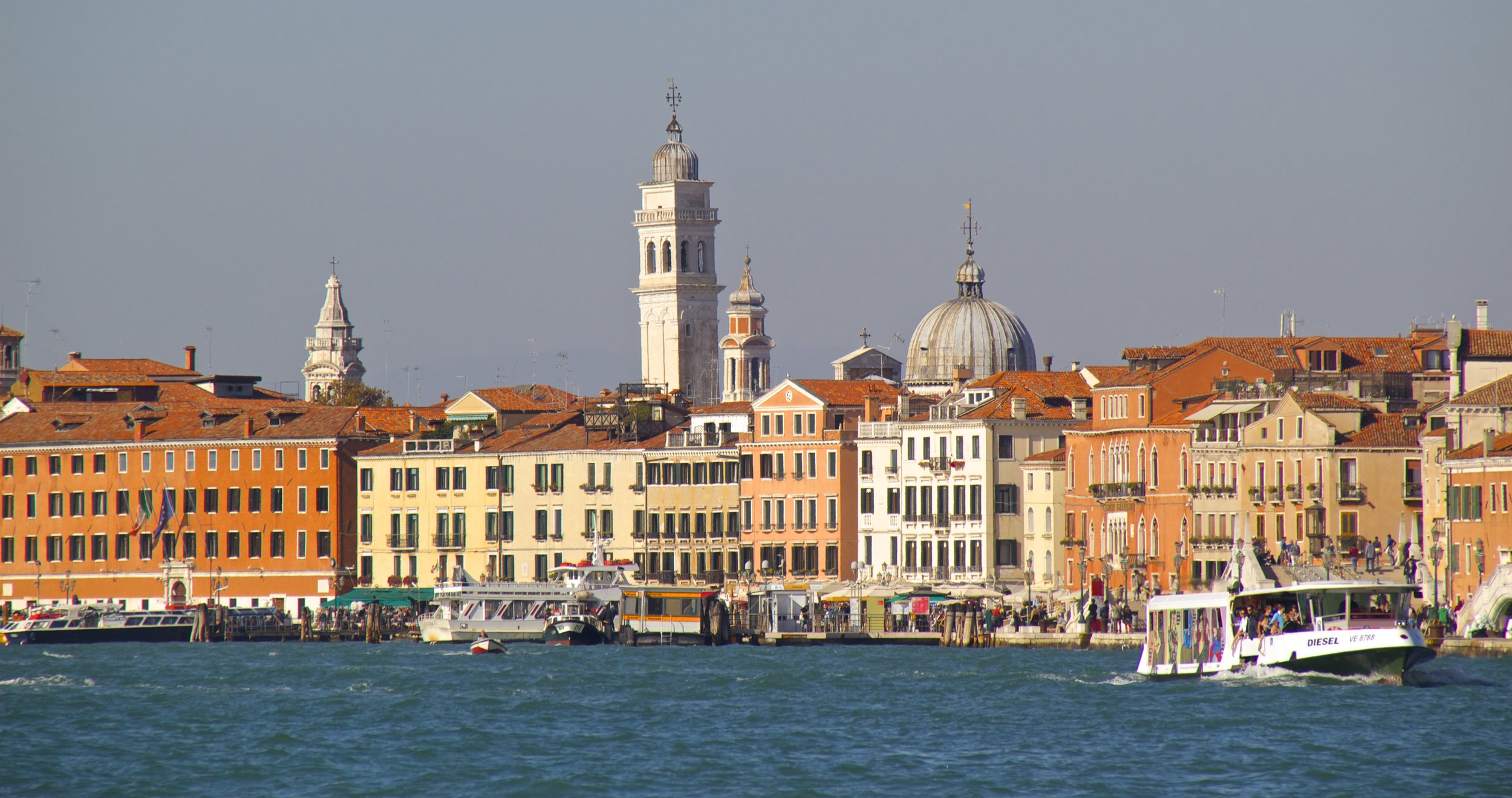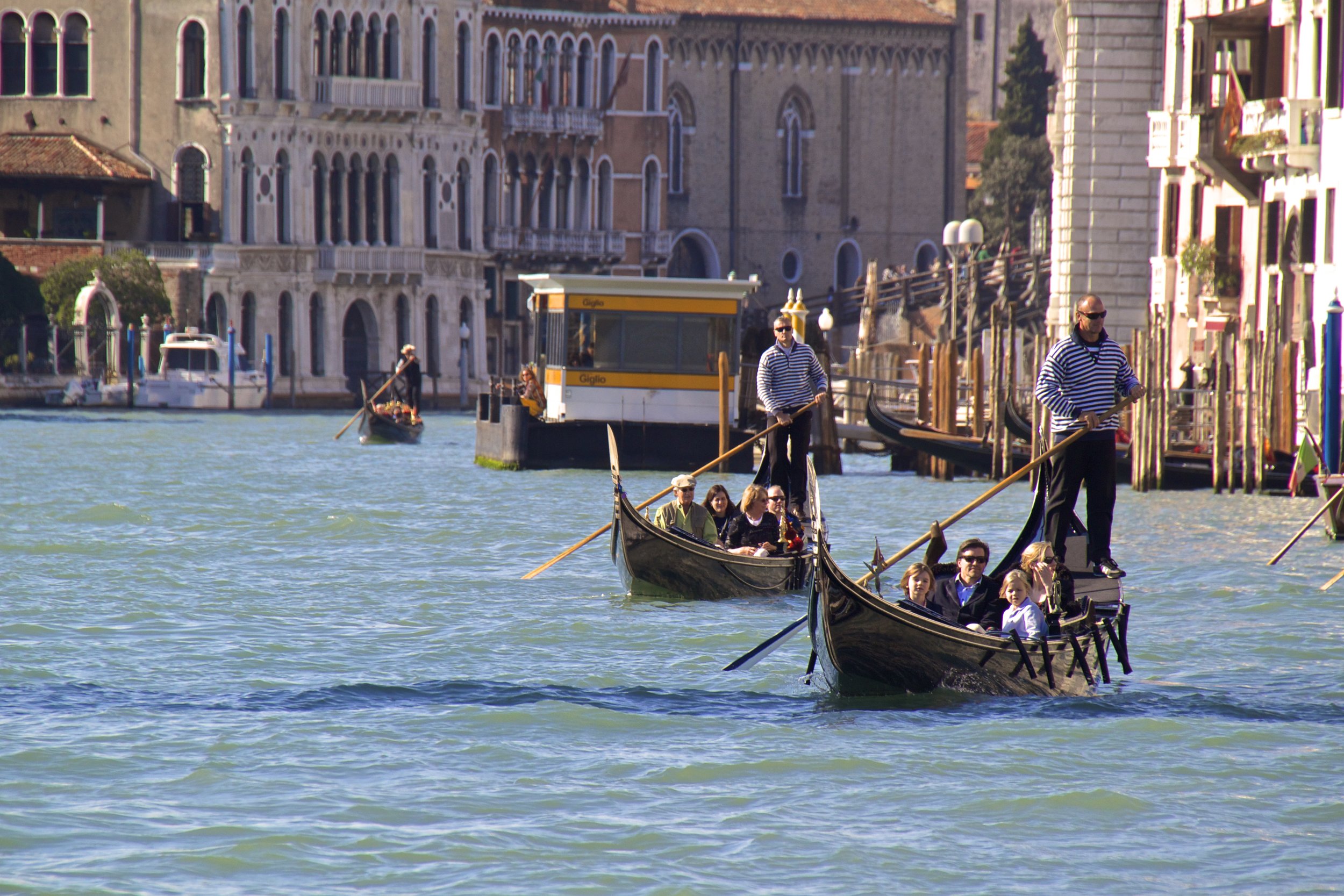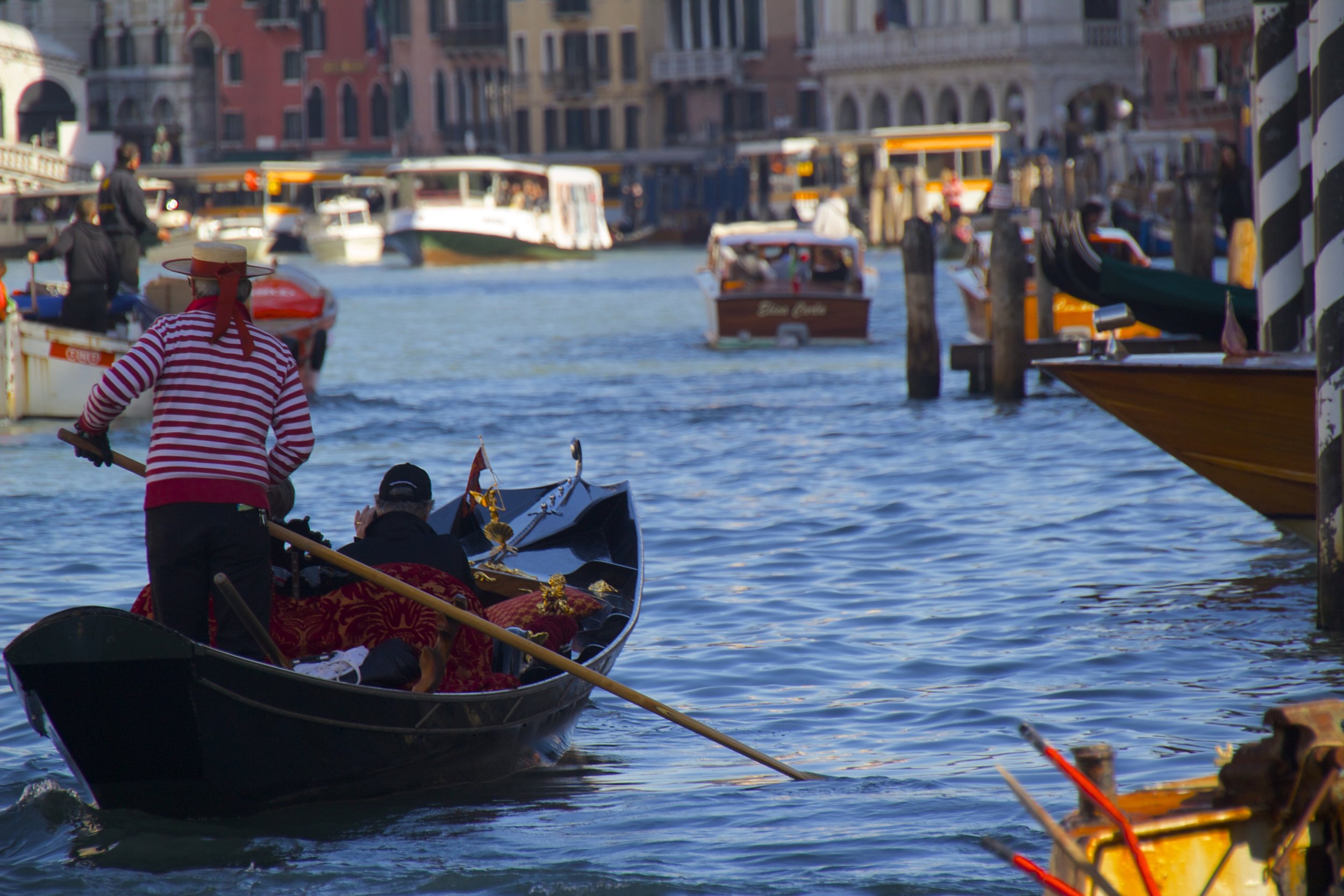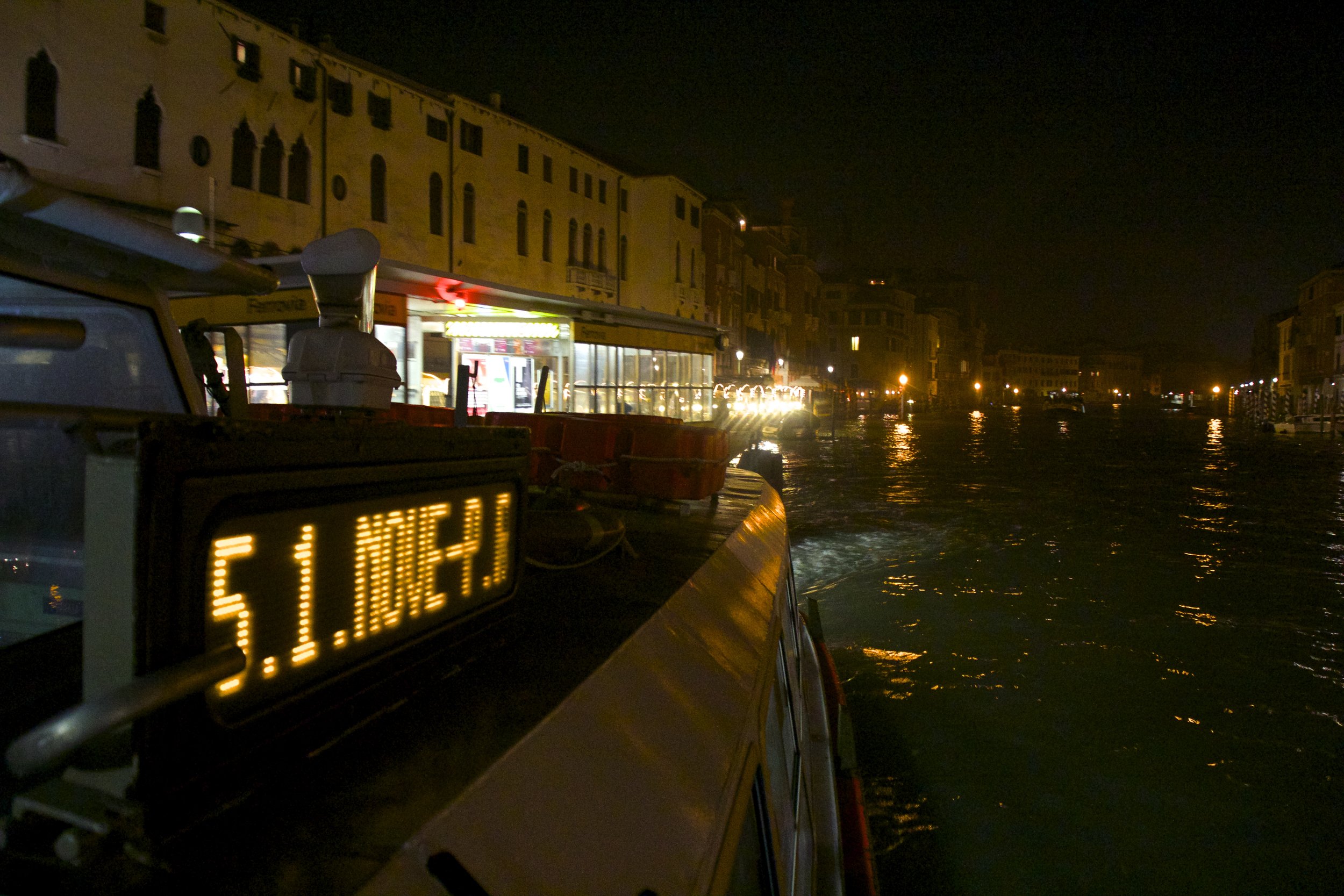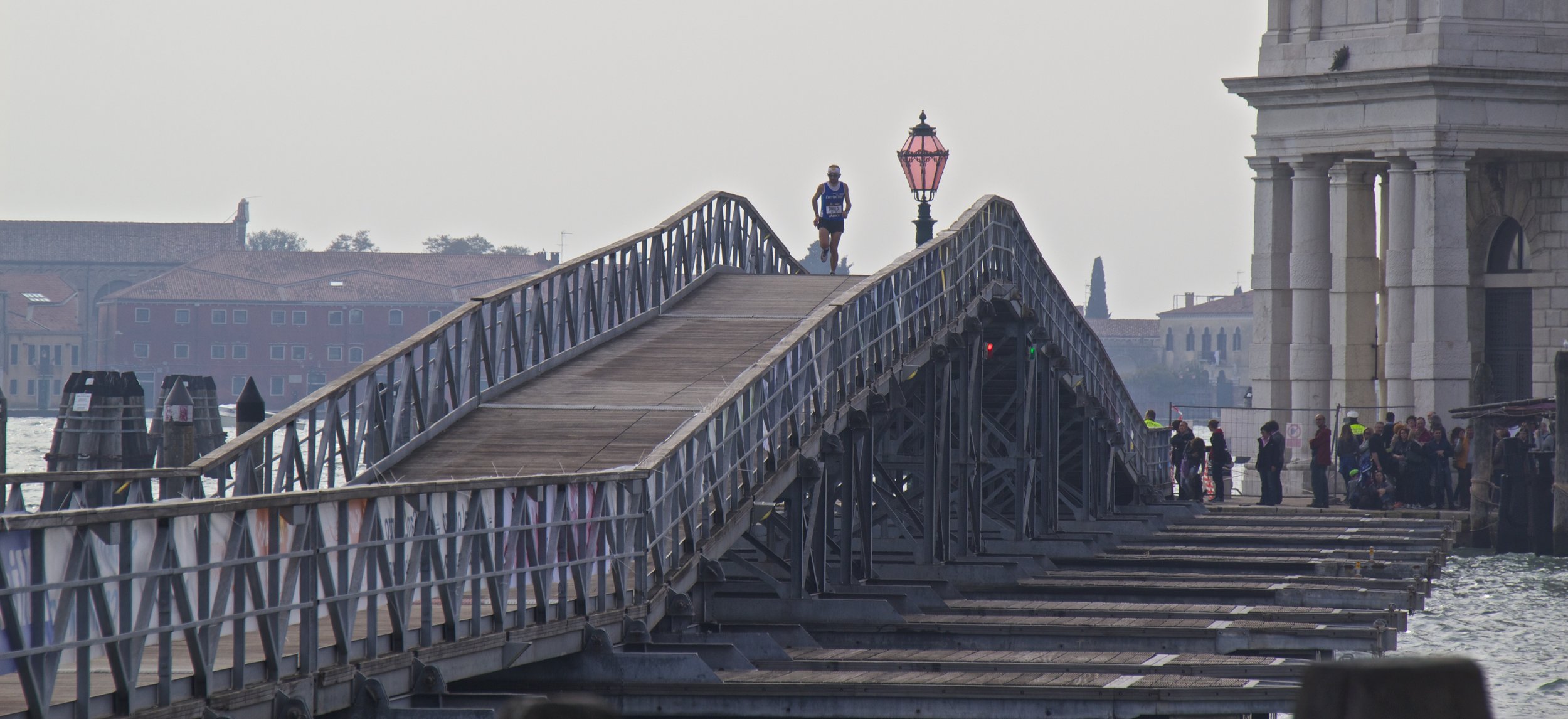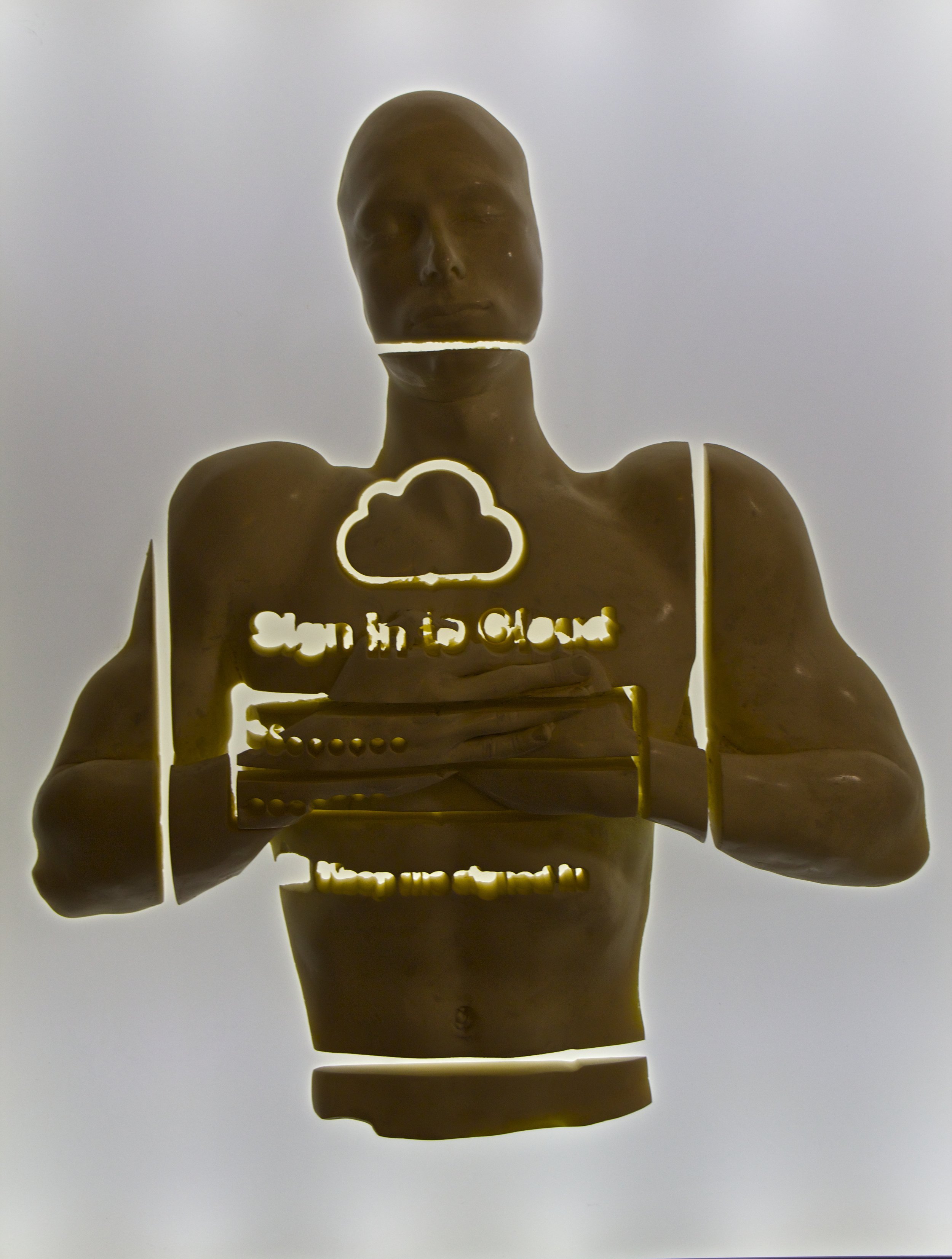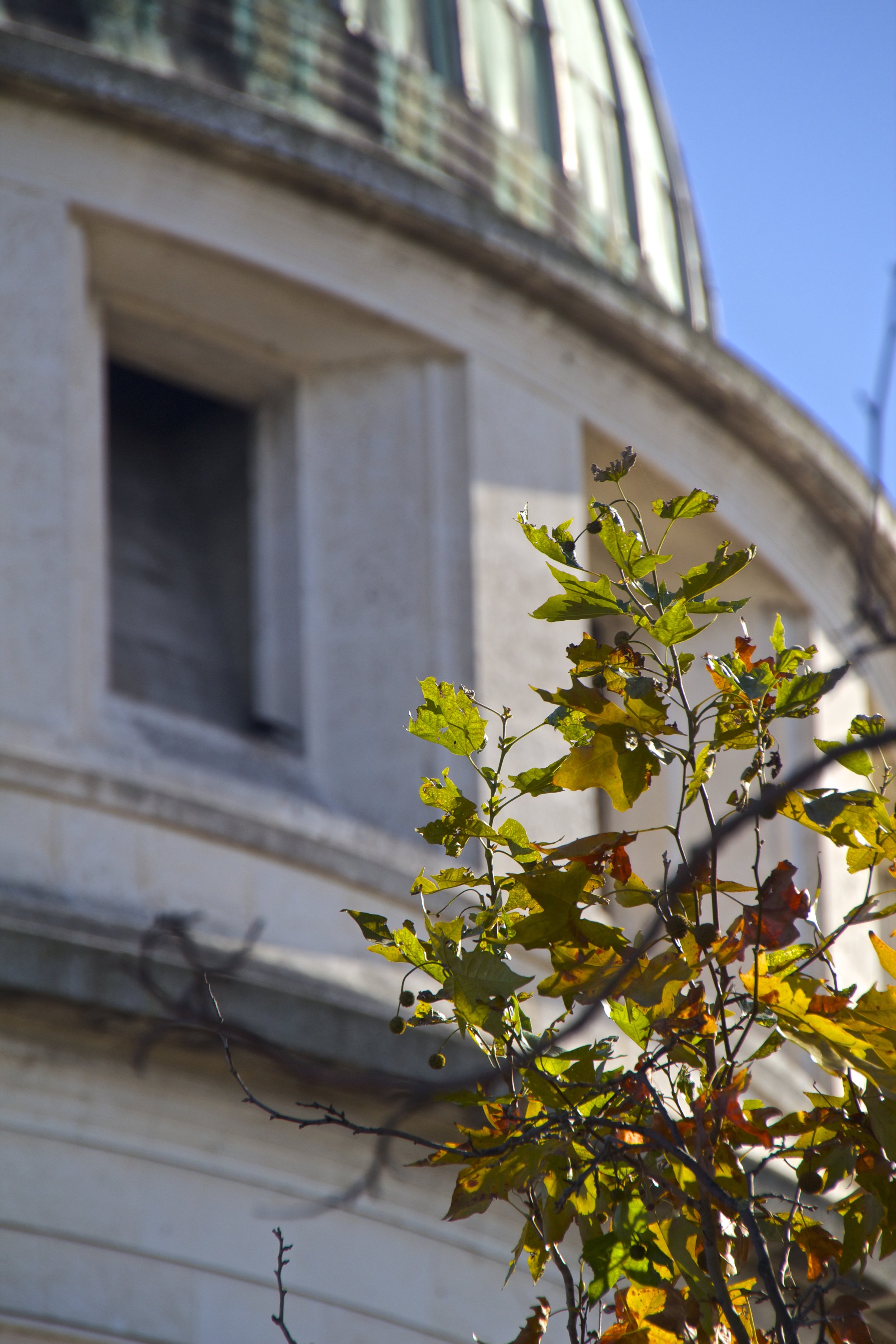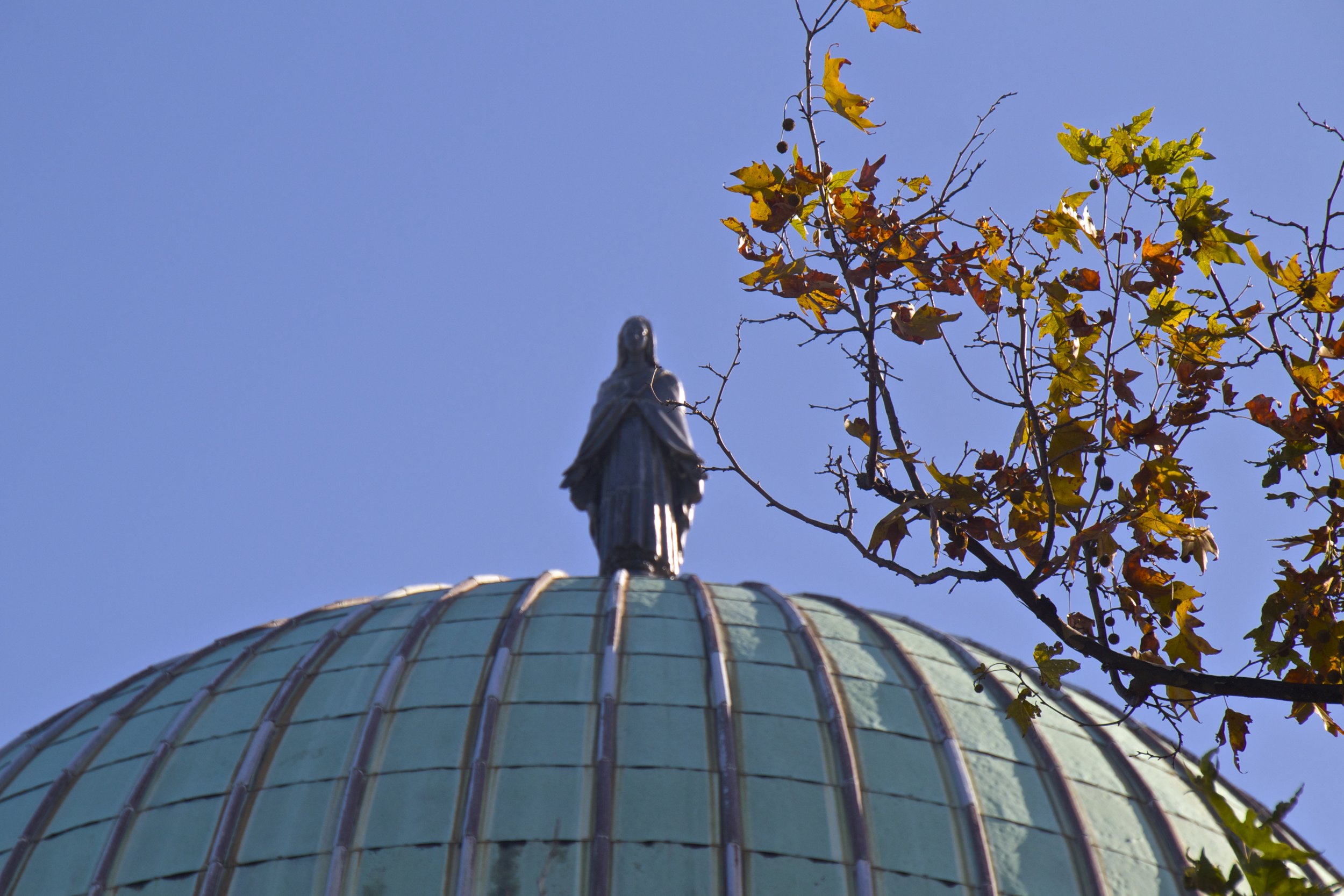It's time for the last destination of my trip: Venice I got from Genoa to Venice by train. I had to switch trains in Milan, and I only had 10 minutes to do it, so after some light jogging through the train station, I was on my way. So while I'm zooming eastward, let's talk about Venice. First, since I love maps, let's do some geography.
Venice!
With it's legendary boats and canals, few other destinations possess the same fabled mystique as this fairy-tale city. Once a powerful autonomous kingdom in its own rite, Venice is composed of 118 small islands off the coast of Northeastern Italy. Before Venice was ~*Venice*~, these islands were nothing but swampy lagoons. These lagoons are thought to have been settled by Roman refugees who were fleeing invasions of the Germanic and Hun empires. There is no surviving historical record to give us any insight into Venice's formal founding, but some ancient Roman documents place these refugee fishermen here as early as the 1st century A.D. According to tradition though, the first church of Venice was officially established in 421 A.D., so that is the historically accepted year of Venice's founding.
"You know Peter, Venice is a real place. Like, people live there," my mother told me the night before I was set to depart.
These sorts of obvious reminders never fail to push my angsty, teenage eye-rolling back up to the surface. It's worth noting though, that Venice is not just a historical/touristic destination, it's also a place that many people were born and raised. Unfortunately, Venetian people are reputed to be some of the least friendly in Italy. They were definitely among the least friendly that I encountered on my trip, but I can sympathize with them; if my home was the subject of as much tourism as Venice, I'd probably act the same.
First Impressions
I arrived at Stazione di Venezia Santa Lucia around nightfall. As my train zoomed across the water towards Venice, I was excited, and I'm not somebody who excites easily. When I got off the train, I was surprised. Despite all my eye-rolling earlier, it was immediately clear that Venice was not what I expected.
Surprise #1
When I walked off of my train and into the station, I was surprised to find that it looked exactly like every other train station in Italy. I don’t know what I was expecting, but I figured that, given Venice’s space constraints, there might not be room for a full sized train station. But there was.
Surprise #2
Going off of that, it turns out that Venice is HUGE! Seeing those little islands on the map over and over again had given me the false impression that this was going to be a moderately sized collection of pretty buildings sticking out of the water, but this was not the case. It’s a CITY. To take public transit from one side to the other takes more than an hour.
Surprise #3
And the public transit: it’s only ferries. Again, I don’t know what I was expecting. It actually makes a lot of sense that there would be public ferries to help people get around, but I guess I figured that there would be some form of land transportation as well. But there isn’t. There are only boats.
Surprise #4
It was outrageously expensive. Everybody told me that it was going to be, but I didn’t quite understand the weight of the financial burden I was taking on by traveling to Venice until I got there. Case in point: for a 1-way pass onto the aforementioned public ferries, it was 10 EUR (10.92 USD). In a normal situation I’d just walk, but this was not a normal situation. This was Venice, and I’d need to swim if I wanted to avoid the public ferries.
Public Transit In Venice
To save on costs, I was staying on an island called Lido (see the map above for reference). Most of the main Venetian islands are close enough together that there are bridges you can walk across. This is not the case with Lido though. Staying in Lido meant that taking the public ferry was not optional for me. This was a down-side that I hadn't anticipated when I was planning my trip. I had been traveling for a long time by this point, and I was running low on funds, so I needed to be careful to make sure that Venice wasn't the last nail in my financial coffin. So, whenever I needed to get to or from Lido, I managed to sneak onto these public ferries undetected and ride for free. This saved me more than 50 USD in total, but being a stowaway like that is a bit of a risk. Much like with the public transportation in Milan, if I had been discovered I would have had to pay some steep fines. Thankfully, my luck held out, and I got away scot-free.
My financial complaints aside, the ferries are actually a great way to see the city. Here are some of the views I got from these public transit boats:
Walking Venice
from East to West
I hopped off the public ferry on the far western side of Castello in Isola di Sant'Elena. Far from the hustle and bustle of San Marco square, I found myself walking through empty public parks. It was autumn in Venice, and runners jogged down the paths of the parks through the crisp morning air. The ivy, which was climbing up every available brick surface, was turning a shade of bright red.
I walked through the park, and off down the nearest brick alleyway. At that early hour, the streets were completely deserted. Barely a soul could be found anywhere. I was alone as I walked through thousands of years of history. I was surprised. Where were all the people? Where were the other tourists?
After a few dead ends, I back tracked through the park and found my first bridge. This would be the pattern of my whole day: exploring, making it up as I went, while checking the GPS on my phone to make sure I was heading in new directions. I crossed the bridge, walked through more brick alleyways, past shut windows and closed doors, and then, finally, I saw people.
Even after all these years, the enduring life on the streets of Venice really is incredible. As was the case in Genoa, I stopped into the first cafe I passed. The seductive aromas of roasted coffee and Italian pastries on the crisp morning air were too much for me. From my seat at this cafe I watched the Venetians go about their routines. I expected to be surrounded by loud English-speaking tourists, but the only language that I heard being spoken for the entire first half of my day was Italian. I paid the 1 EUR (1.09 USD) for my coffee and went on my way.
Down a small, off-the-beaten-path alleyway I came across an old woman who was shakily sweeping the ground in front of her door. I knelt down and took this picture, which I really like.
After I was satisfied with the picture I walked down the alley towards her. There was a bridge just beyond her corner that would allow me to cross the next canal and move forward. As I approached her, she knelt down to pick up a plastic bag laying in a corner. It would turn out that this bag was full of dog crap. Outraged by what she found in the bag, she wheeled around angrily as if to see who had dropped the bag there in the first place. When she did, she saw me. She yelled something at me in Italian with a loud, raspy voice.
Shit. Does she think that I was the one who dropped that there?
Realizing that I was not Italian, she lightened her tone and began to break down what she had said into small, loud pieces, as if I was hard of hearing. Roughly a third of my height, she was yelling up at me like I might not be able to hear her down there. That wasn't the issue of course; the issue was that I don't speak Italian. I understood the word "dog," and that was about it. She kept making a sour face, waving her hand, and holding her nose. "Phew! Phew!" she said, as if "phew" was the universal noise to express disgust. "Hah, yeah, phew!" I said as I awkwardly shuffled onward.
The Venice Marathon
As I walked further, I began to notice an increasing number of runners in the crowd. Based on the giant numbers many of them had clipped to their shirts, it looked as if they had just finished running a marathon. I was walking along the southern banks of Castello, towards San Marco, when, heywaddayaknow, the Venice Marathon was that day. I didn't even know that Venice had a marathon.
The crowd was especially dense as I moved towards the course. With large wooden tracks spanning the canals where necessary, it was an impressive set up that they had created. I wormed my way to the front of the crowd in time to see a group of sweaty Kenyans fly by. Trailing them were a few other international runners, clearly imported from all around the world.
Exhibit From The MMOMA
"CONVERSION"
From there, to escape the crowds drawn by the marathon, I retreated inland. One of the first things I came upon was an interesting looking church, so I ventured in. It was called Sant'Antonin Church, and inside I got a little bit more than I bargained for.
Sant'Antonin was playing host to what was, hands-down, one of the coolest art exhibits I've ever seen, and the fact that it was being held in this thousand-year-old church did a lot to add to its coolness. The exhibit was being run by the MMOMA (Moscow Museum of Modern Art) and was the work of The Recycle Art Group. If you are somebody who hates technology, you'd love this exhibit. Check it out:
I poked around, for a while, and then headed back out to the streets. I still had a long ways to go, but I'll save the rest rest of "main-land Venice" for the next article. In the mean time, I want to focus on something a little different.
Lido
That Long Skinny Island On The Right
Let's take a look at one of the more off-the-beaten-path islands. There are 118 islands included in the Venice metropolitan area. Although Venice is a city that carries enormous name recognition, a relatively small portion of these islands are included in the "Venice" that most people know and think about. Beyond the shores of "downtown" Venice are various other islands, all of which have their own stories.
I was staying at a hotel on an island called Lido. Lido is essentially a 7 mile (11 kilometer) long sandbar, that serves as a barrier between the rest of Venice and the Adriatic Sea. Lido has played minor roles in many major events in European history, including wars dating back to the 1100s and the Crusades. Important, war-ending treaties have even been signed on this forlorn spit of land. In the early 1900s, Lido was Venice's red-light district, and played home to a large number of brothels. Today, however, Lido is most well known for being the site of the Venice Film Festival (Italian: Mostra Internazionale d'Arte Cinematografica della Biennale di Venezia) every September. Established in 1932, the Venice Film Festival is the oldest in the world, and one of the so-called "big 3." The "big 3" also includes the Cannes Film Festival and the Berlin International Film Festival.
What is actually ON the island of Lido? Real estate mostly. In the 1800s, when the outside world first began to develop a fascination with Venice, Lido became prime real estate for the tourism industry, and Venetian residents bought up most of the property for similar purposes. Since then, a small airport has been constructed on the northern side of the island, big enough only for small planes to land.
Here are a few shots from around Lido:
Lido has a much more suburban feel to it than does the rest of Venice. There are cars parked in the streets and even buses that run! However, there are also canals cut into the island's neighborhoods to allow the residents to park their boats. Many of the residents of Lido (there are about 20,000 of them) work in "downtown" Venice, so they need these boats for their "morning commute."
We'll cut off part 1 here. Up next, I'll get into the rest of Venice, twilight on the canals, and the fabled "plague doctor."
Stay tuned for part 2: Twilight On The Canals





